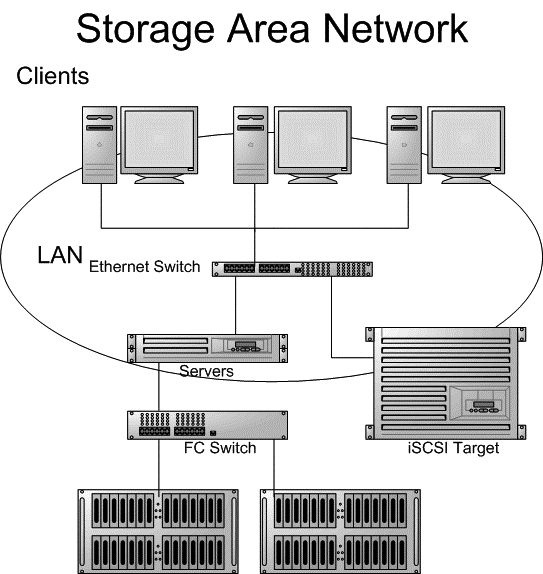Today is the world of new technologies, machines, new technical aspects, etc. Previously we used to write a letter to communicate with each other. Now we have become so advanced that you can even see people, talk to them, share, etc. from wherever you are. This is done through different devices such as mobile phones, computer systems, tablets, etc. You can get connected through different sources, such as Computers, mobile phones, sites, etc.

Connections are used for communication, work, imports, and exports, etc. You can communicate with anyone in this world, a just click away. All of this is done on the Network. On the network, you can pass messages, data, share files, have video conferences, etc. All of these devices get connected to each other using cables, or wireless network, or signals, etc. But according to the range, a network is of different types such as LAN which is Local Area Network for small, local areas; WAN, which is Wide Area Network for large organizations whose branches are spread across the world, MAN, SAN, etc.
A network of storage devices that is capable of connecting the servers and these storage devices is called SAN, i.e., Storage Area Network which is a high-speed network. It is accessible to the applications which run on the networked servers, as block-level storage is provided by SAN. RAID hardware, devices based on disks, and tape libraries come under the SAN storage devices.
A storage-area network is a dedicated high-speed network, or it can also be a sub-network. The main task of it is to present and interconnect the storage device’s shared pools to multiple servers.

Working of the SAN includes reorganizing of the storage resources that are moved off from the network of the common user into a high performance and an independent, reliable, fault tolerant network. Sharing the resources has become important to reduce the time and cost in implementing a system. Accessing of shared resources is made possible here by the servers and acts as a drive which is directly attached to the server. An access request that is block-based is sent for the storage device when a host requests to access a shared storage device on the SAN.
There are three main principle components implemented by a storage-area network such as switching, HBAs, i.e., host bus adapters, and cabling. There must be an interconnection between each storage system and the switch. The connection may be a cable or wireless, etc. The physical interconnections must be fault tolerant and should be capable of handling data activities at peak times and also should support different bandwidth levels.
You need to have three main components a server, storage device, and an SAN switch to set up a simple SAN. For the SAN management software and connection of the elements, you will also need the cables. In real-world environments, other servers and devices such as gateways, bridges, and routers, are also included to expand the functionalities of the SAN in large areas which help to connect to the data centre of the network. The topology of the SAN may differ in size based on the need of the organization.


















